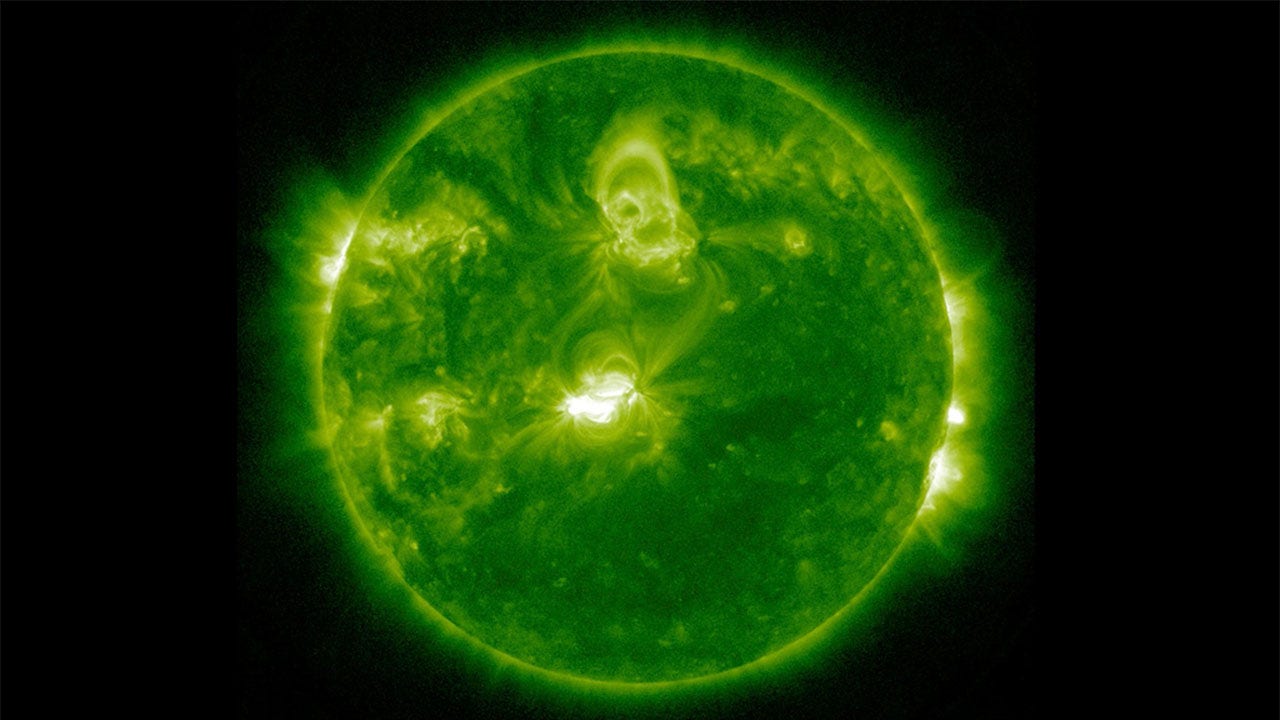A geomagnetic storm is expected to last through Monday, possibly disrupting radio communications but making for great aurora viewing.
These high-frequency radio transmissions include aircrafts trying to communicate with distant traffic control towers.
NOAA’s Space Weather Prediction Center in Boulder, Colorado issued geomagnetic storm watches for Sunday and Monday as a “coronal mass ejection,” or CME, was headed for Earth. CMEs are large expulsions of plasma and magnetic fields from the Sun that reach Earth within 15 to 18 hours.
Still, the center said there was no reason to be alarmed. Jonathan Lash, a forecaster at the center, said most commercial aircraft can use satellite transmission as backup.
Satellite operators might have trouble tracking their spacecraft, and power grids could also see some “induced current” in their lines, though nothing they can’t handle, he said.
FOR SOLAR ECLIPSE ON APRIL 8, SOME US SCHOOLS WILL BE CLOSED FOR THE DAY
“For the general public, if you have clear skies at night and you are at higher latitudes, this would be a great opportunity to see the skies light up,” Lash said.

This image provided by NASA shows the Sun seen from the Solar Dynamics Observatory (SDO) satellite on Saturday, March 23, 2024. (NASA via AP)
Every 11 years, the sun’s magnetic field flips, meaning its north and south poles switch positions. Solar activity changes during that cycle, and it’s now near its most active, called the solar maximum.
During such times, geomagnetic storms of the type that arrived Sunday can hit Earth a few times a year, Lash said. During solar minimum, a few years may pass between storms.
CLICK HERE TO GET THE FOX NEWS APP
New York Gov. Kathy Hochul said her state was anticipating the impact until 2 a.m. Monday.
“While there have been no reported disruptions to the electrical grid or radio communication, State personnel are actively monitoring and coordinating with industry stakeholders and the federal government,” Hochul said.





